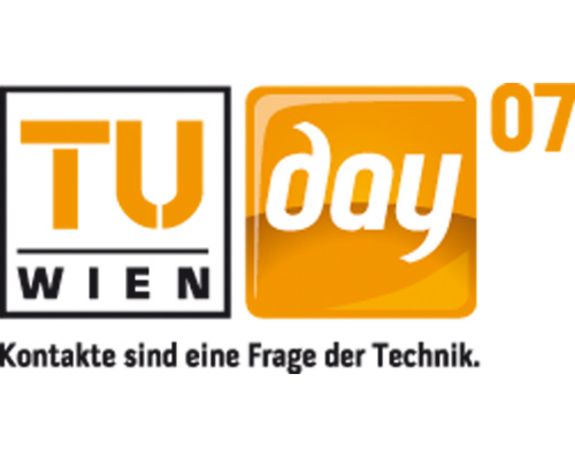Vienna (TU). - Movement inaccuracies of up to two centimeters may occur in prostate radiation. “During the radiation treatment, patients have to lie on a table for some 20 minutes without moving. Over time, the muscles relax and the pelvis drops. As a consequence, the radiation may focus on the bladder or other organs. In our calculations, we concentrated on the precision of localizing the prostate and on improvement potentials in treatment,” explained Karin Poljanc, Assistant Professor at the Atomic Institute of Austrian Universities.
In a study conducted in cooperation with SMZ Ost (East-Vienna Center of Social Medicine, Danube Hospital), Poljanc and her research associates, Tanja Futschek and Leila Teymournia, used a number of ultrasound examinations that allowed for a precise localization of the patients’ organs from the outside. In a next step, the scientists analyzed the positioning of 60 patients, and evaluated the deviation of radiation in various spatial directions, such as to the right or left, and upward or downward (using 420 radiation plans for thirty patients). While it takes more time, an ultrasound system makes the shifts in position visible and traceable. If the deviation exceeds 0.8 cm, the radiology technicians are responsible for returning the patient to the correct position to ensure that the radiation only targets the specified area. In the subsequent study phase, Poljanc and her group calculated normal tissue compensation rates and the probability of tumor control. “This provides us with an overview of the probability that the tumor is targeted directly and the probability of side effects for individual patients,” notes Poljanc. These approaches serve as forecasts and provide clues for the likelihood of healing. After a study period of some 2.5 years, with generous sponsorship of the Anniversary Fund of the Austrian National Bank, the scientists were able to implement the calculated average positioning inaccuracies in a radiation planning system. Sums up Leila Teymournia: “Depending on the calculation model used, the normal tissue compensation rate can vary widely in the results. While the use of Model A may yield a negligible complication rate, the same process calculated with Model B shows a deviation of up to 40 percent.” Due to the absence of biological parameters, major discrepancies may result with different models. Nevertheless, the results of calculations can provide physicians with data for improving patient positioning accuracy and therefore, and improvement of treatment success.
As part of their study of different radiation sources, Karin Poljanc, Tanja Futschek, and Leila Teymournia found that localization aids, such as ultrasound systems, are indispensable for accurate proton therapy of prostate carcinomas. In most cases, this combination leads to therapy results with a high level of tissue preservation.
The future establishment of the cancer research and therapy center “Med-AUSTRON” in Wiener Neustadt will implement such a treatment method in Austria.
Photo download: <link>www.tuwien.ac.at/index.php
For further questions please contact
Ass. Prof. Dipl.-Ing. Dr. Karin Poljanc
Project Assistant Dipl.-Ing. Leila Teymournia
Atomic Institute of Austrian Universities
Vienna University of Technology
Stadionallee 2 // 141, 1020 Vienna
Phone: +43 1 58801-14191
Fax: +43 1 58801 - 14199
E-mail: <link>kpoljanc@ati.ac.at
E-mail: <link>teymournia@ati.ac.at
Released by:
Daniela Hallegger
TU Vienna - PR and Communication
Operngasse 11/E011, A-1040 Vienna
Phone +43 -1 -58801-41027
Fax +43-1-58801-41093
E-mail <link>daniela.hallegger@tuwien.ac.at
<link http: www.tuwien.ac.at pr>www.tuwien.ac.at/pr
University Life and Culture News
Optimized Radiation for Prostate Cancer Therapy
The determination of the precise anatomical location of a tumor is the prerequisite for setting optimal parameters for radiation treatment of prostate cancer. This approach guarantees that the ionizing radiation only destroys tumorous cells and does not affect other organs in the vicinity of the prostate. In a cooperative study with Innsbruck Medical University and the East-Vienna Center of Social Medicine, two physicists of Vienna University of Technology (TU), evaluated the mean deviation of radiation parameters for prostate cancers and compared various sources of radiation.

1 of 2 images or videos
4-field-box with protons
4-field-box with protons

1 of 2 images or videos
4-field-box with photons
4-field-box with photons